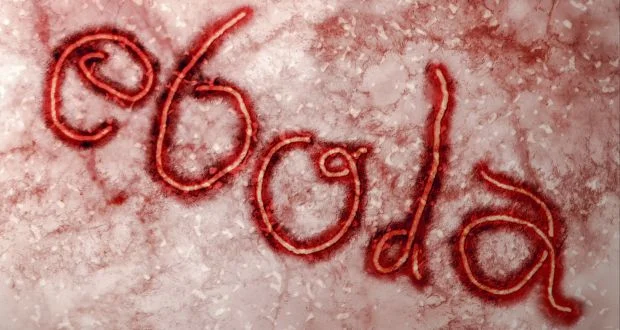What you need to know about the Ebola Virus
/On Tuesday, the CDC reported that a man who traveled from Liberia to Texas has been found to have Ebola. Now that the first case of Ebola has been confirmed in the US by health officials, the importance of educating ourselves on what this disease is and how it can be prevented becomes even clearer.
What is the Ebola Virus?
The Ebola virus disease is a deadly illness that causes bleeding, or hemorrhaging, inside and outside the body. Although we hear the term Ebola used generally, especially in recent news, there are actually five different types of Ebola virus. Four of these cause the disease in humans. While rare, the virus is deadly in 90% of people who are infected.
Ebola first appeared in 1976 in Africa near the Ebola River, where the disease gets its name. Scientists believe that the virus originates from fruit bats, and is spread to humans and other animals through contact with food, or surfaces that these infected bat fluids have also been in contact with.
According to the CDC (Centers for Disease Control and Prevention), symptoms usually appear 8-10 days after a person has been exposed to the virus. Early symptoms are much like the flu – including headaches, fever, and joint and muscle aches. Loss of appetite, weakness, and then diarrhea and vomiting usually follow these initial symptoms. In severe cases – about half of infected persons – Ebola becomes more sever and causes bleeding inside the body. Those infected can vomit blood, pass it in urine, or bleed from their eyes, nose or mouths.
What do I need to know about the current Ebola outbreak?
Almost 2,000 people in Guinea, Liberia, Nigeria and Sierra Leone have been infected with Ebola since March, according to the WHO (World Health Organization). This makes the current outbreak the biggest on record. Sadly, given the deadly nature of the virus more than 1,000 people have died.
Since Ebola spreads through direct contact with bodily fluids most new cases of the virus are occurring among caretakers in the current outbreak. If an infected person’s blood, or other bodily fluid, gets in another’s eyes, nose or mouth, the infection can be spread.
Although it was thought that the risk that anyone will contract Ebola in the United States was extremely small, recent news shows that it is a very real possibility. Doctors should be taking extra precautions to make sure this case stays isolated. As we can see, travel can make prevention extremely difficult. Doctors should be asking for a travel history from anyone who comes in with a fever. Similarly anyone who has been to West Africa should be being screened and tested to make sure they have not been exposed.
How do we prevent it?
Prevention is extremely important in the case of Ebola since there is no vaccine or cure for this viral disease. The only way to treat people is to nurse them through the illness and make sure they stay hydrated and free of any other infection which can be detrimental in their weakened state.
Those most at risk, are people taking care of those already infected. For this reason healthcare professionals are particularly at risk. Health professionals should wear of protective clothing, like masks, gloves, gowns, and goggles whenever caring for people who may have Ebola. Sterilizing any equipment, and disinfecting medical utensils is also a good preventative tool.
Caretakers should avoid direct contact with blood or fluids of infected patients, even after the person is deceased. To best avoid contracting the disease, avoid travel to places where the virus is found. If travel is necessary, make sure you see the doctor when you return – more especially if a fever presents itself.

